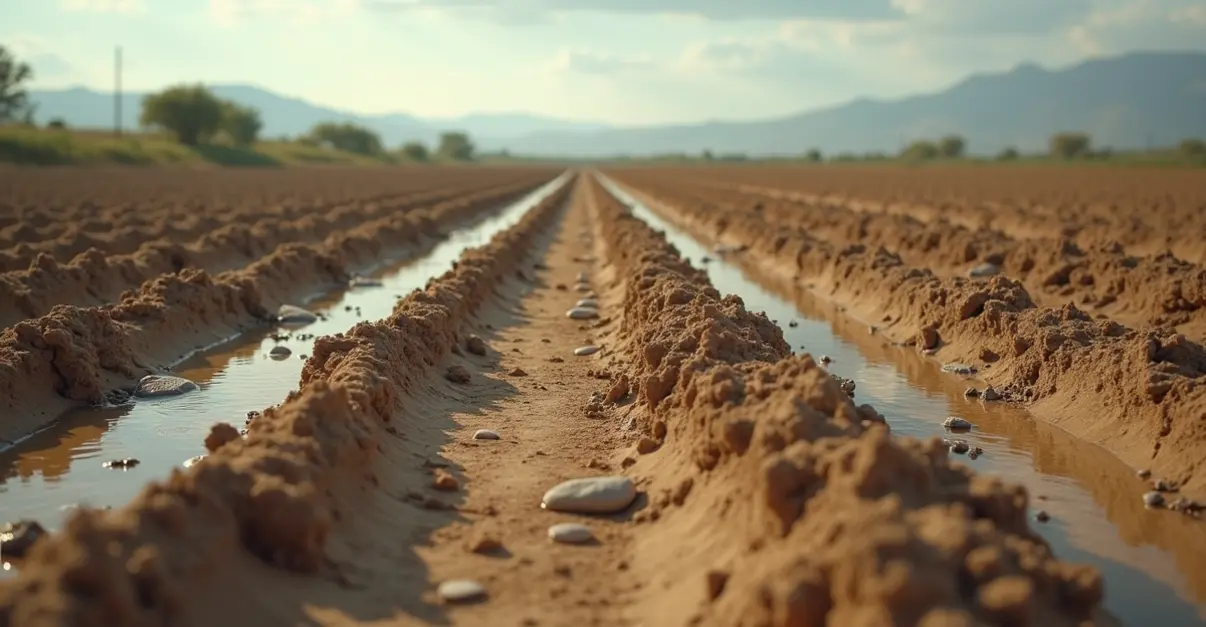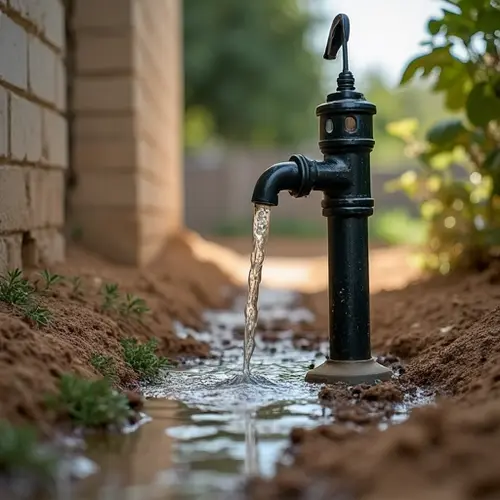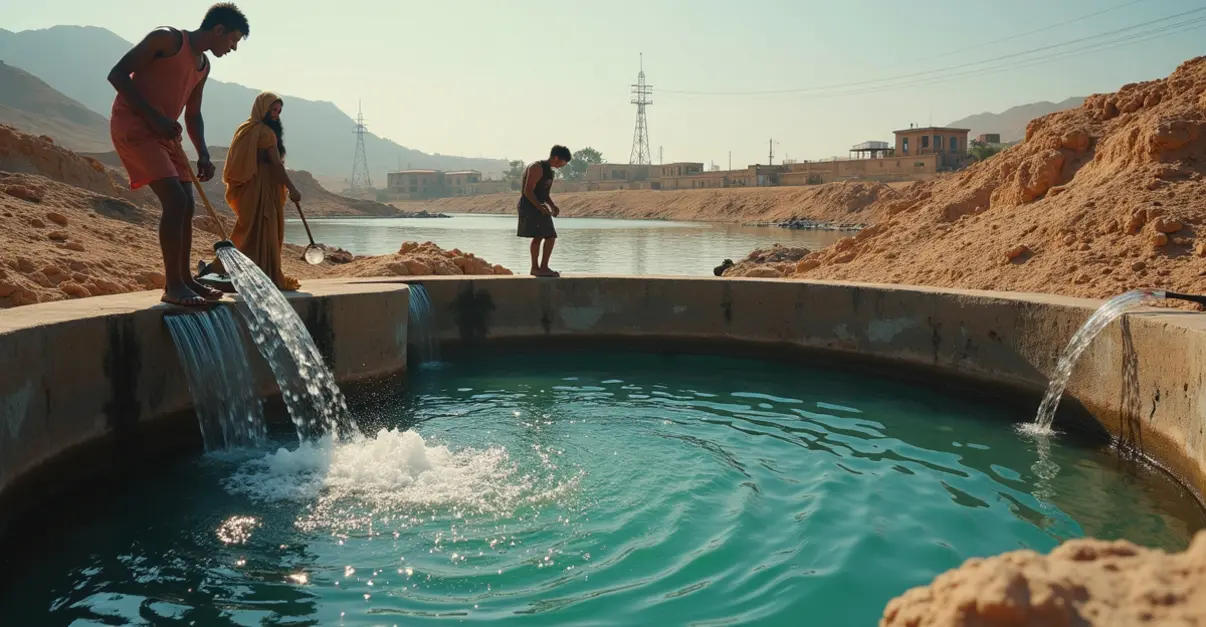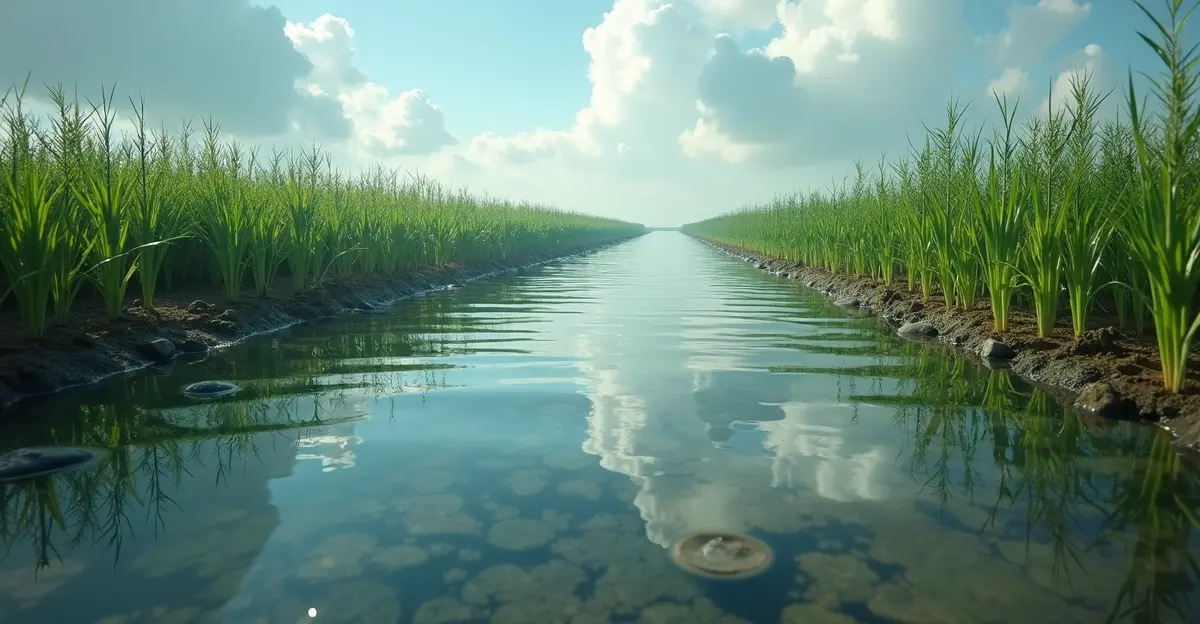Emergency drought declaration activates funding for water deliveries, resilience projects, and farmer assistance. Federal and state programs provide immediate relief while building long-term water security.

California Declares Drought Emergency, Triggering Federal Aid
In response to worsening drought conditions across multiple regions, state officials have declared a drought emergency, activating critical funding for short-term water deliveries, long-term resilience projects, and farmer support programs. The declaration, announced this week, comes as water reservoirs hit historic lows and agricultural communities face severe water shortages.
Immediate Water Deliveries to Affected Areas
The emergency declaration enables immediate water transfers to drought-stricken regions through the State Water Project and federal water systems. 'We're prioritizing emergency water deliveries to communities and farms that are running out of water,' said Water Resources Director Maria Gonzalez. 'This isn't just about today's crisis—it's about building systems that can withstand future droughts.' The California State Water Resources Control Board has authorized temporary water right changes to facilitate these emergency transfers.
Long-Term Resilience Projects Funded
Federal and state funding will support infrastructure projects designed to enhance water security. These include groundwater recharge facilities, water recycling plants, and improved conveyance systems. The Bureau of Reclamation's Drought Response Program is allocating millions for projects that increase water supply reliability and improve water management. 'We're investing in projects that capture stormwater and recharge aquifers,' explained Environmental Protection Agency official David Chen. 'This proactive approach will help communities better manage water during both wet and dry years.'
Farmer Assistance Programs Activated
Agricultural producers will receive critical support through multiple assistance programs. The USDA has activated disaster relief programs including the Emergency Assistance for Livestock, Honeybees, and Farm-Raised Fish Program (ELAP) and Livestock Forage Disaster Program (LFP). 'Farmers are the backbone of our food system, and they need immediate help,' stated Agriculture Secretary Thomas Wright. The USDA's drought assistance portal provides access to emergency loans, conservation programs, and crop insurance adjustments.
Regional Impact and Response Coordination
The emergency declaration affects multiple counties experiencing extreme drought conditions. Local water agencies are coordinating with state and federal partners to implement conservation measures and distribute resources. 'This declaration gives us the tools we need to protect our water supply and support our agricultural economy,' said County Supervisor Rebecca Martinez. Emergency operations centers have been activated to monitor water levels and coordinate response efforts.
Looking Ahead: Building Climate Resilience
Beyond immediate relief, the emergency declaration includes funding for climate adaptation planning. Communities will receive grants to develop drought contingency plans and implement water efficiency measures. 'We're not just responding to this drought—we're preparing for the next one,' emphasized Climate Resilience Director Amanda Park. The comprehensive approach combines emergency response with long-term planning to build more resilient water systems across the region.

 Nederlands
Nederlands
 English
English
 Deutsch
Deutsch
 Français
Français
 Español
Español
 Português
Português









